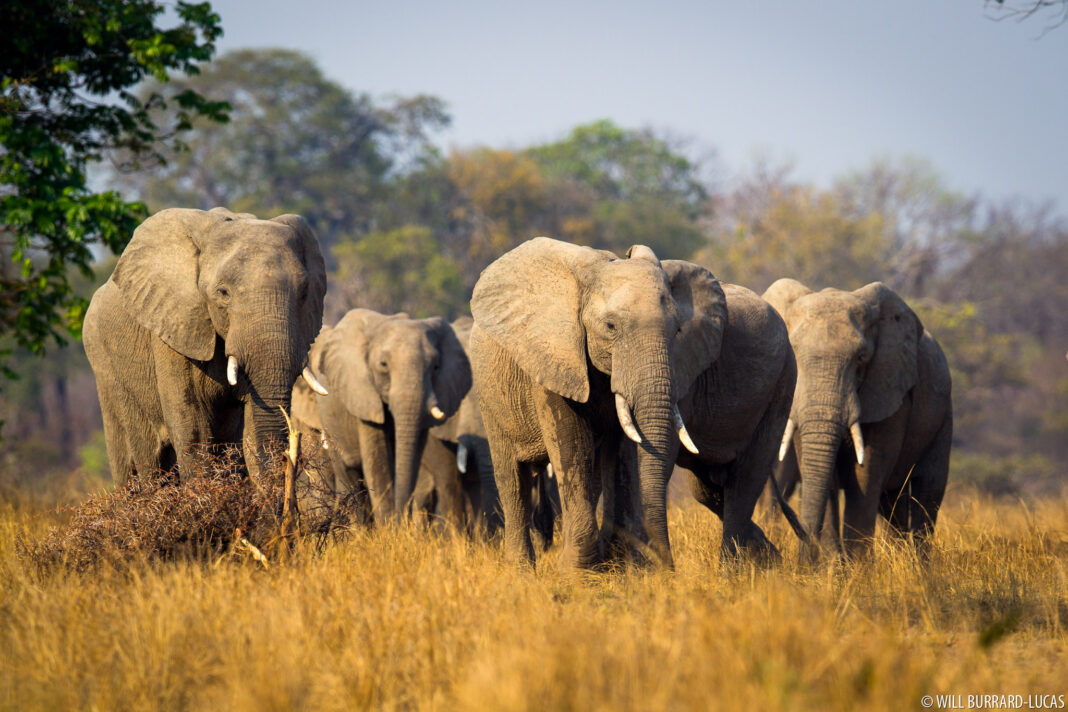Introduction: Understanding Collective Nouns for Elephants
When referring to a group of elephants, the most commonly used collective noun is a herd. However, the English language offers a variety of terms to describe groups of these majestic creatures, each reflecting different aspects of their behavior and social structure. In this post, we’ll delve into the various collective nouns for elephants, their meanings, and the contexts in which they are used.
A Herd of Elephants: The Most Common Collective Noun
The term herd is the most widely recognized collective noun for elephants. It describes a group of elephants that live and travel together, typically led by a matriarch. Elephant herds are matrilineal, meaning they are composed of related females and their offspring. These herds can vary in size, often consisting of 10 to 20 individuals, but can sometimes include up to 100 elephants, especially in areas with abundant resources.
Example Sentences:
- A herd of elephants ambled through the savannah, their massive forms silhouetted against the setting sun.
- The herd’s matriarch led the group to a new water source, demonstrating the wisdom passed down through generations.
A Parade of Elephants: When Elegance Meets Movement
While less commonly used, parade is another collective noun for elephants, particularly when they are moving in a line or procession. This term evokes an image of elephants marching with purpose and grace, much like participants in a ceremonial parade.
Example Sentences:
- We watched in awe as a parade of elephants crossed the river, their trunks swaying rhythmically.
- The elephants’ parade through the jungle was a majestic sight, showcasing their synchronized movement.
A Memory of Elephants: Honoring Their Intelligence
The term memory as a collective noun for elephants highlights their renowned intelligence and strong social bonds. Elephants are known for their exceptional memory, which aids in navigation, recognizing individuals, and recalling locations of water sources over long distances.
Example Sentences:
- A memory of elephants gathered at the watering hole, their interactions showcasing deep familial connections.
- The memory of elephants demonstrated remarkable problem-solving skills as they navigated the challenging terrain.
A Gang of Elephants: The Youthful Side of Elephant Social Life
Gang is a less common collective noun for elephants, typically used to describe a group of young male elephants. These all-male groups, often referred to as bachelor herds, form when young bulls leave their maternal herds. The term “gang” reflects their playful and sometimes rebellious nature during this stage of life.
Example Sentences:
- A gang of elephants playfully sparred near the riverbank, their trunks entwined in mock battles.
- The gang of elephants roamed the forest, exploring their new-found independence.
Origins and Cultural Significance of Elephant Collective Nouns
The use of specific collective nouns for animals, including elephants, dates back to the 15th century. These terms were often coined to reflect the behavior, appearance, or perceived characteristics of the animals they describe. For elephants, terms like “herd” and “memory” emphasize their social structures and cognitive abilities.
In various cultures, elephants symbolize wisdom, strength, and loyalty. The collective nouns used to describe them often carry these connotations, enriching the language with layers of meaning.
Conclusion: Appreciating the Language of Elephants
Understanding the collective nouns for elephants enhances our appreciation of these magnificent creatures. Whether it’s a herd grazing peacefully, a parade marching in unison, a memory reflecting their intelligence, or a gang of youthful energy, each term offers a unique glimpse into the lives of elephants. By using these terms thoughtfully, we can convey not just the number of elephants, but also the essence of their existence.
FAQs
Q1: Is “herd” the only collective noun for elephants?
A1: No, while “herd” is the most common, other collective nouns include “parade,” “memory,” and “gang,” each used in specific contexts.
Q2: What does “memory” signify when referring to elephants?
A2: “Memory” highlights elephants’ exceptional intelligence and strong social bonds, reflecting their ability to remember individuals and locations over time.
Q3: Are there other animals with unique collective nouns?
A3: Yes, many animals have distinctive collective nouns, such as a “murder” of crows or a “dazzle” of zebras, each reflecting unique aspects of the species.
Q4: Why do collective nouns matter?
A4: Collective nouns enrich language by providing specific terms that capture the essence of animal groups, enhancing communication and understanding.



